Anti -Tank reserves In a MRR and a MRD tend to be task organised groups structured around the relevant anti-tank battery or battalion. Regular attachments to the anti-tank elements include an Engineer Mobile Obstacle Detachment (MOD) or armour but can also include aviation and artillery.
The Divisional Anti-Tank Battalion has already been covered in an earlier post. The Regimental Anti Tank battery consists of:
- 3 platoons of 3 vehicles firing either AT3 or AT4/5 and A BRDM 2 command vehicle that will coordinate the platoons actions, provide supporting fires with its 14.5mm MG, and illuminate targets at night.
- The battery HQ is an additional BRDM 2 command vehicle, equipped with a range finder
- 3 trucks support the unit carrying additional missiles.
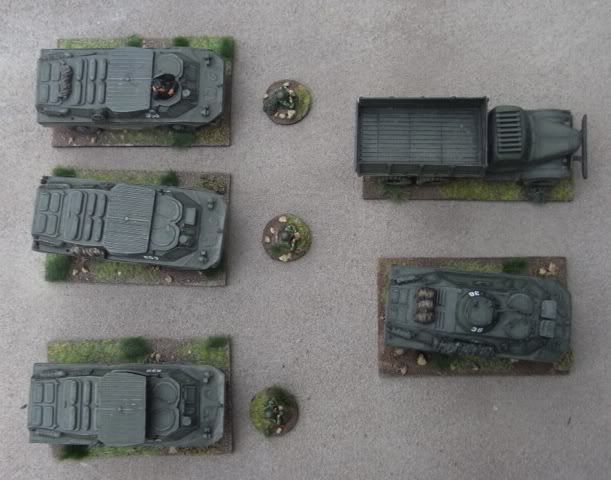 |
| Soviet MRR Anti Tank Battery, ACE BRDM 2 AT3, S&S BRDM2, ICM Truck, figures by Liberation Miniatures |
The MOD can include:
- Regimental mine laying assets, PMR 3 ,
- Sapper platoon/section in either BTR 60 or trucks.
- Assets from the divisional engineer battalion like the GMZ tracked minelayer and UMZ scatterable mine layer.
- Engineer Recce in either BTR60 or BRDM2.
 |
| Soviet Mobile Obstacle Detachment, ICM Trucks and BTR 152, Liberation Miniatures BTR 60 PB and Figures, S&S BRDM 2. PMR 3 and UMZ scratch built |
In addition to the engineers and anti-tank assets allocated, fires from MRL and ATGW armed helicopters from the divisional helicopter Squadron can be included and the reserve could also incorporate tanks.
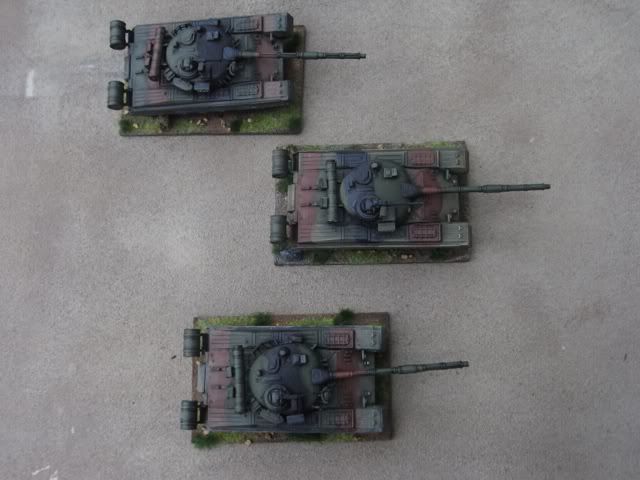 |
| T-80 Company attached to the MRR anti-tank reserve, Revell T-80 |
Within my current wargames unit at a vehicle scale of 1:3, I represent the MRR battery as:
- 1983 - 1985 MRR 1 BRDM2 and 3 BRDM2 with AT3
- 1987 - 1990 and 1990 - 1993 1 BRDM2 and 3 BRDM2 with AT4/5
The AT4/5 capability entered service in 1974, was first identified at a Moscow parade in 1977 but never completely replaced the AT3 capability before the end of the cold war.
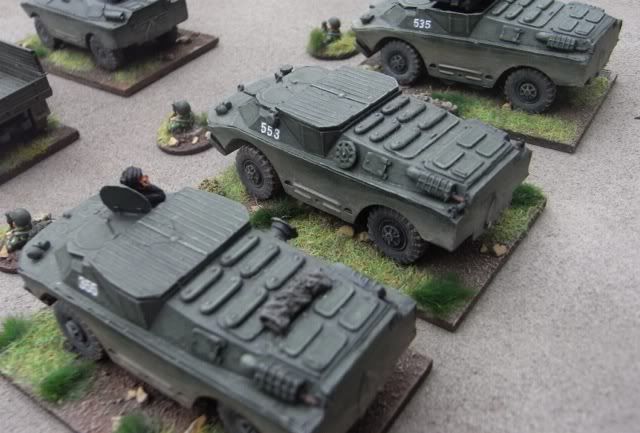 |
| BRDM 2 AT3 by ACE, figures by Liberation |
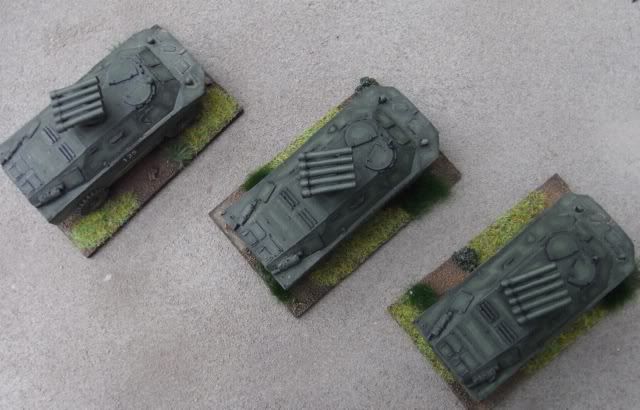 |
| BRDM 2 AT4/5 by S&S |
Either version of the Anti Tank BRDM2 provided a capability for remote operation from up to 80 meters away, allowing fire units some level of concealment, bear in mind the missiles on launch took some time to get under control so we are talking minimising exposure rather than complete concealment.
The MOD is represented by:
- A BTR 60PB carrying 6 Sappers who can undertake cratering and obstacle construction tasks,
- A UMZ on the back of a truck which dispenses AT and AP scatterable mines,
- A BTR 152 towing a PMR 3,
- A truck to carry additional mines
- A BRDM 2 engineer recce vehicle and 2 Figures.
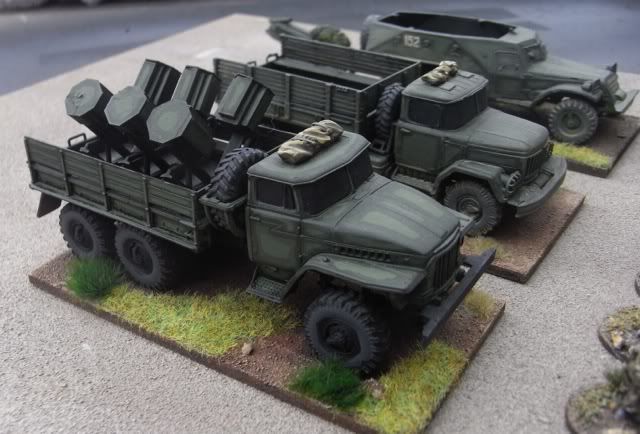 |
| Trucks and BTR 152 by ICM, PMR3 and UMZ scratch built, BTR60 and figures by Liberation |
I will aim to outline the activities of this type of task organised unit in a later post.
References:
FMSO Instant Obstacles Russian remotely delivered Mines
FM 100 2-3
FM 100 2-1
Weapons and Tactics of the Soviet Army, Isbey
Soviet Divisional Anti-Tank Battalion Part 1
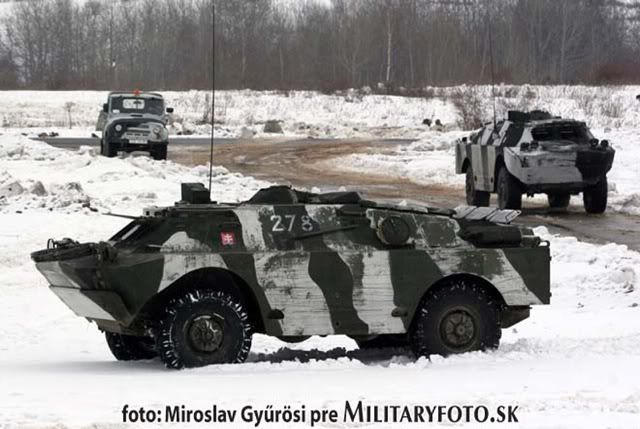
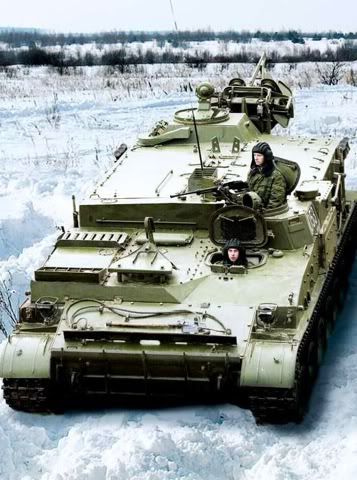
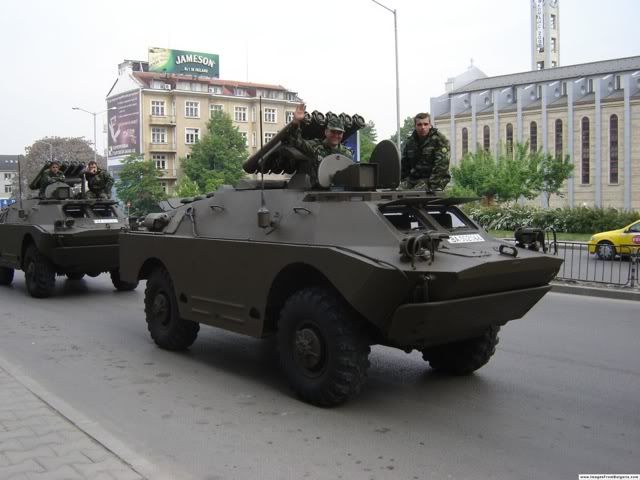
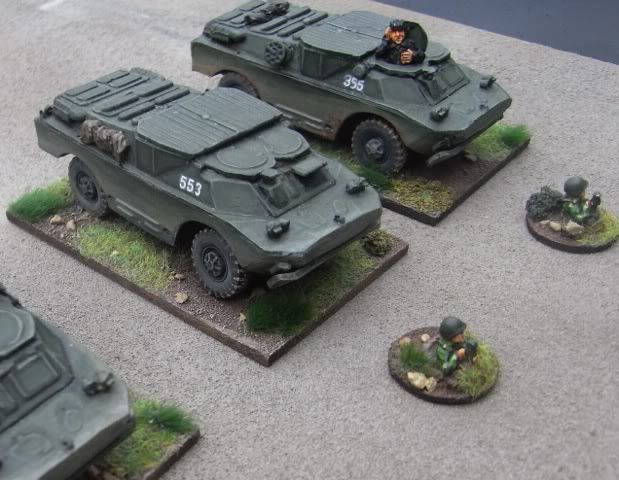

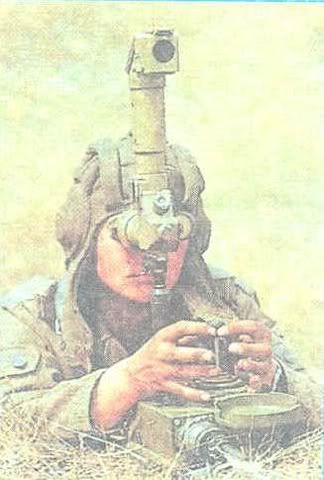

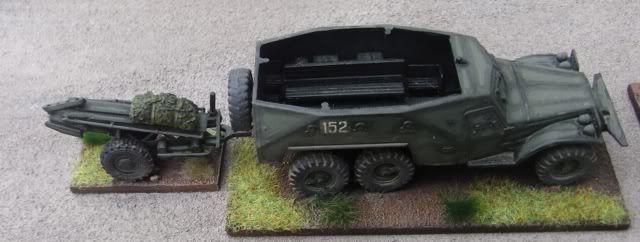
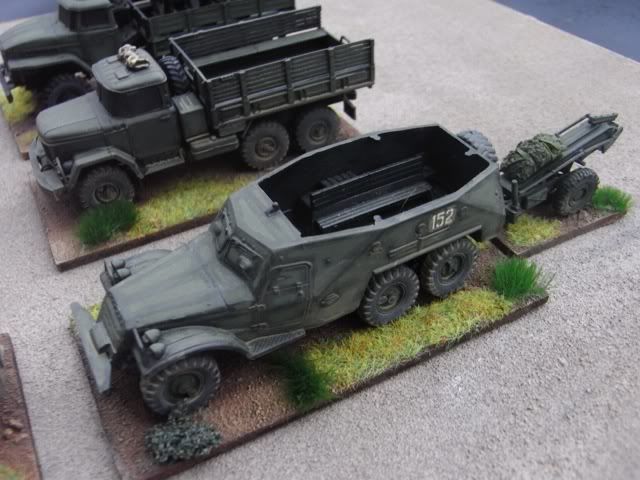
Gorgeous paint work as always.
ReplyDeleteHi There. A great blog you have here. Very much enjoying the info and the miniatures you're presenting. A question, if I may. In this post you have a photo of 3 T80 in a green/grey/red-brown camo pattern. I've been trying to determine when the soviets started using this, but without success. Could I ask what your info is? cheers Martin
ReplyDeleteHi, sources are:
DeleteTank War central front, osprey, notes under plate C1 explain soviets started using a range of camouflage colours including Green, Red Brown, Sand, Black and White from the mid 80's. a number of other plates show examples of schemes in use.
Ospreys on T72 and T80 state that the sand green and black cam scheme were issued as factory finishes from 87/88. A number of plates illustrate the principal scheme.
hope that helps thanks for the comments
Cheers Andy. I'll have to look for those Osprey's in the Library. Martin
Delete